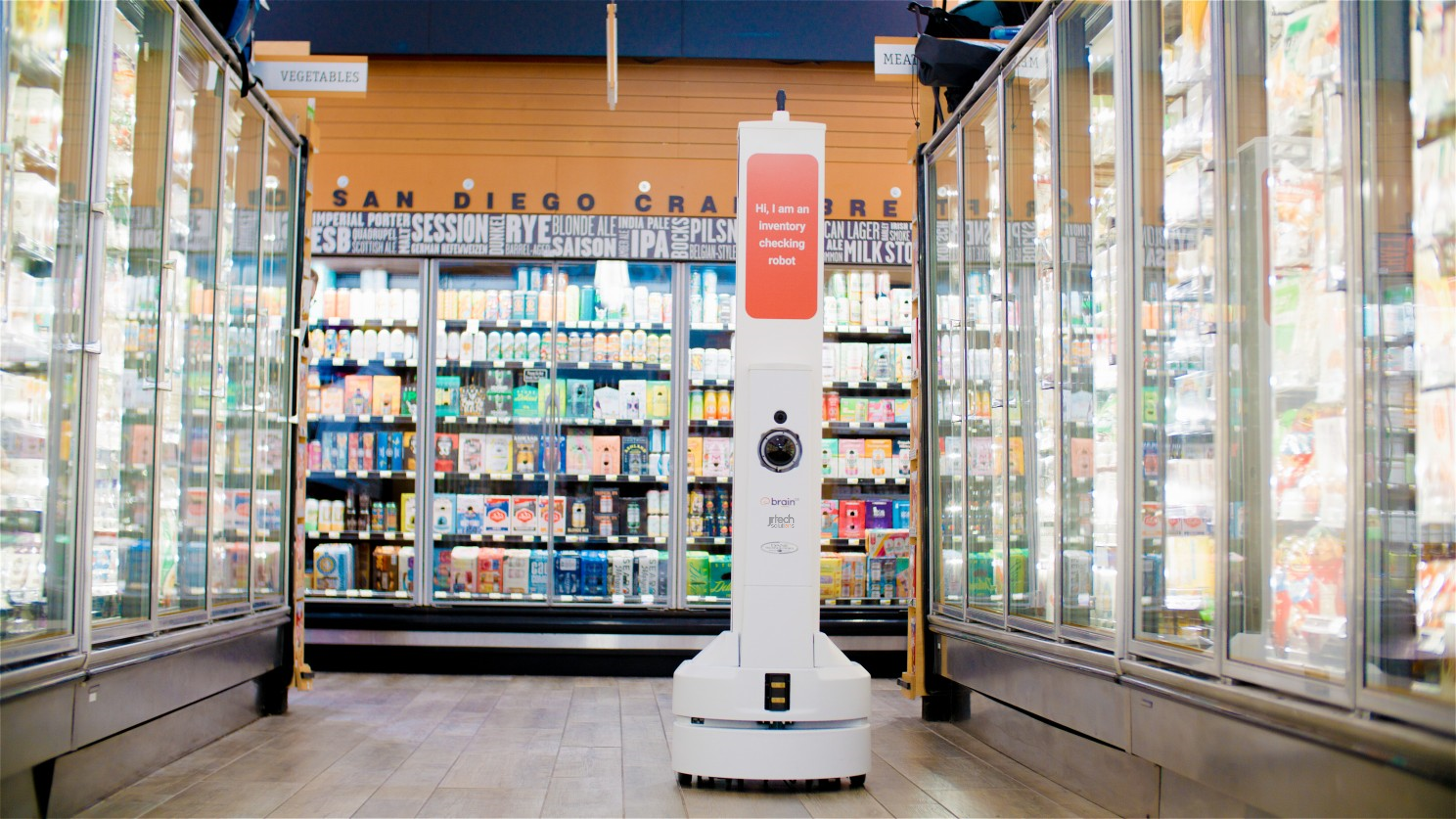Smart shelf tags, also known as electronic shelf labels (ESLs) or digital price tags, are a modern retail technology that offers numerous advantages over traditional paper price labels. They are a key element of smart shelves, and a required tool for implementing AI-driven omnichannel shopping features and data-driven marketing strategies.
In short, smart shelf tags are a simple, efficient technology that gives retailers the ability to manage pricing and in-store communication by making fast and coherent changes to labels while effectively minimizing costs related to staffing and logistics.
Numerous major retailers across North America, including Metro and Rona have already implemented smart shelf tags, and many more are in the process of doing so. From convenience stores to large grocers, pharmacies and liquor stores, retailers of all sizes can benefit from this advanced technology to manage inventory, improve the customer experience and increase profits.
Smart shelf tags: a digital solution for brick-and-mortar retail
Electronic Shelf Labels are digital displays that replace traditional paper price labels on store shelves. They use electronic paper or LCD screens to show product information, prices, and other details in real-time. These tags can be updated remotely through a central server, allowing for quick and accurate price changes across an entire store.
This technology complements the evolving trend of phygital retail, where the physical and digital aspects of a shopping experience are intertwined so that both consumers and retailers benefit from streamlined pricing and product information.
Today’s consumers expect a fluid interaction between online and in-person shopping. When prices are updated to reflect a promotion or seasonal adjustment, smart shelf tags can reflect these changes instantly, so that prices in your online store match those in your brick-and-mortar location. This means there is less chance of error, and more likelihood that consumers will be satisfied by coherent and consistent pricing information.
Key features of smart shelf tags
The benefits of smart shelf tags extend beyond the in-store experience. When implemented correctly, they contribute to improved inventory management, reduced labour costs, and even the environmental sustainability of your operations.
Real-time pricing updates
Smart shelf tags allow retailers to adjust prices instantly across their stores. This makes it possible to implement dynamic pricing strategies and pricing automation with complete pricing accuracy.
Improved inventory management
By integrating with inventory systems, smart tags can help track stock levels and alert staff when restocking is needed. They can also be used in warehouses to facilitate management of stock and ordering.
Enhanced customer experience
Digital tags can display additional product information, promotions, and even personalized offers to shoppers. The customization of the shopping experience is a highly relevant factor in customer retention and consumer satisfaction.
Reduced labor costs
Automating price updates eliminates the need for manual relabeling, freeing up staff for other tasks.
Environmental sustainability
By eliminating paper waste from frequent price changes, smart tags contribute to more eco-friendly retail operations.
How smart shelf tags work
Smart shelf tags use wireless technology to digitally display and update product information on retail shelves. Each digital display is connected to a central management system, which processes and packages product data and prices into information packets, which are then sent to communication stations. These stations relay the information to individual smart shelf tags throughout the store. They can also be integrated with point-of-sale and inventory management systems.
Read our full breakdown on how digital price tags work for a deeper dive.
What smart shelf tags look like

Smart shelf tags are made from either electronic paper or LCD (liquid crystal display) screens, but they look just like traditional paper shelf tags. Some models do allow for a more complex, multicoloured display, such as the SmartTAG™ line, a next-generation smart shelf label offered by JRTech.
Smart shelf tags present crisp text and images, and can be used to display more than just prices. Stock availability, promotions, nutritional data, and QR codes can all be added to specific labels or groups of labels, as you prefer. Labels from JRTech can even be integrated with low-power flash notification systems to help store staff locate products for online orders or restocking.
Types of retailers using smart shelf tags
Smart shelf tags are currently being used by a wide variety of retailers for their efficiency and enhanced functionalities.
They are particularly useful in:
- Supermarkets and grocery stores
- Hardware and home improvement stores
- Electronics retailers
- Fashion and apparel shops
- Liquor stores
- Convenience stores and pharmacies
- Warehouses
Any retail environment with frequent price changes or large product catalogs can benefit from the implementation of smart shelf tags.
Smart shelf tags from JRTech
There is a clear trend of increasing interest in smart shelf tags among major retailers in North America. Many retailers are researching and starting to invest in this technology due to its potential benefits for operations and customer experience.
By implementing smart shelf tags, retailers can modernize their operations, improve efficiency, and provide a more engaging shopping experience for customers. As retail continues to evolve, these digital solutions are becoming increasingly important for staying competitive in the market.
JRTech is a leading provider of enterprise-grade Pricer Electronic Shelf Labels, the most reliable smart shelf tag system available. Contact us to find out how smart shelf tags can streamline your retail pricing operations.





